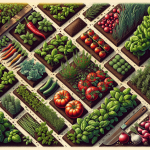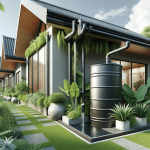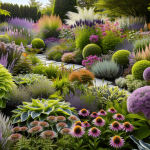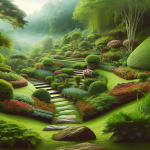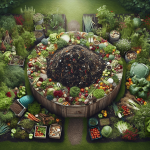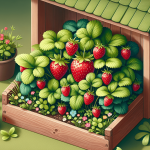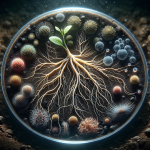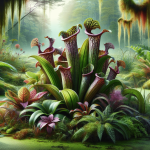This post may contain affiliate links. As an Amazon Associate, we may earn commissions from qualifying purchases.
Have you ever wondered about the secrets to keeping a garden pond not only alive but thriving with all its magnificent beauty? The world of garden pond maintenance can initially seem vast and daunting, yet armed with the right knowledge, you’ll soon find it dotted with charm, serenity, and delightful surprises. Like a lovingly crafted slice of nature in your very own backyard, your garden pond deserves attention and care, a little like a pet — minus the trips to the vet.
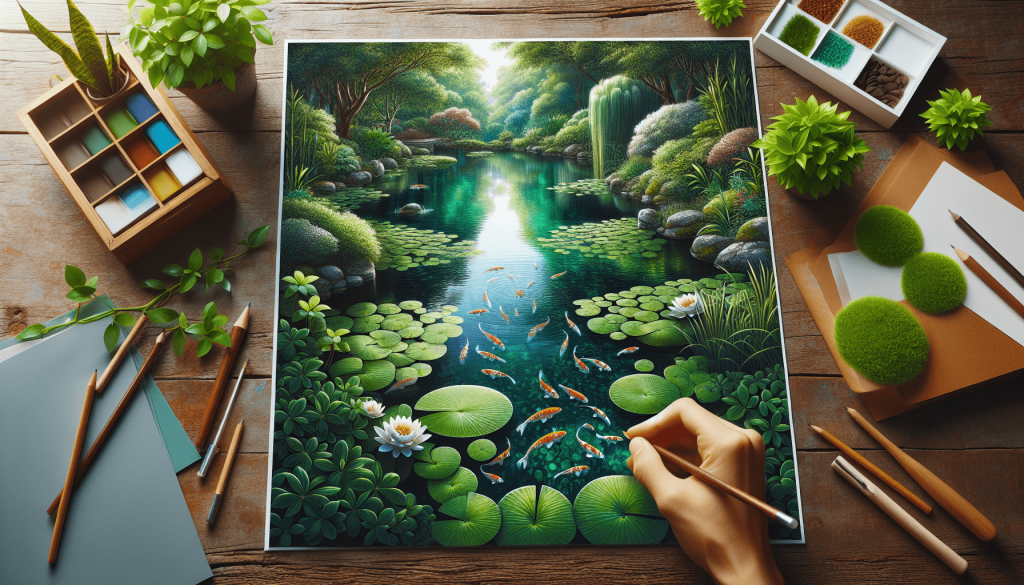
Understanding Your Garden Pond
Understanding the basic dynamics of your garden pond is the first step toward becoming a proficient pond caretaker. It’s not merely about water and plants. Rather, it’s a complex ecosystem, housing countless lively interactions. Knowing the pond’s components and their roles can help make maintenance an intuitive process.
Ecosystem Essentials
Your garden pond operates like a miniature ecosystem. Various living and non-living components interact with each other, maintaining balance and supporting life. Aquatic plants provide oxygen, while fish or other creatures help manage detritus and algae. Balance, in this case, is key. Like a well-tuned orchestra, every element plays a pivotal role and requires your attention.
Types of Garden Ponds
There are several types of garden ponds, from ornamental ponds primarily for aesthetics to wildlife ponds designed to encourage biodiversity. Each type demands different care and maintenance techniques. Knowing what type you have (or want) ensures you’ll focus your efforts on what matters most for your specific setup.
Water Quality: The Heartbeat of Your Pond
Without good water quality, your pond’s health could slowly decline, impacting plants, creatures, and overall beauty. Monitoring and managing water conditions should be as routine as your morning coffee ritual, perhaps with less caffeine and more dissolved oxygen.
Testing Water
Routine water testing gives insight into the pond’s health. Key parameters include pH levels, ammonia, nitrites, and nitrates. Each element has a specific range that signals optimal conditions. Regular testing kits make this process straightforward, allowing you to adjust conditions as needed.
Controlling Algae Growth
Algae can be both beneficial and pesky. While they produce oxygen and provide food for some wildlife, excessive algae lead to murky water and block necessary light. Introducing algae-eating fish or using barley straw bales are effective and natural control methods. As a rule of thumb, keeping nutrient levels low can stave off unwanted algal blooms.
Nurturing Pond Plants
Just like any garden, your pond’s green residents require careful attention. They serve as a natural filtration system, enhance aesthetic appeal, and provide habitats for pond creatures.
Choosing the Right Plants
Choose plants suited for your pond’s size and climate. The three common types include marginal plants (like irises), floating plants (such as water lilies), and oxygenators (for instance, hornwort). Each type supports different functions, from providing shade to supplying oxygen.
Plant Care Tips
Regular trimming prevents plants from overtaking the pond, especially in summer when growth is rampant. Removing decaying plant matter is crucial to avoid water contamination. As the seasons change, adjusting plant care routines ensures they thrive year-round.
Fish and Wildlife: More Than Just Decoration
A pond bustling with life is one of the most rewarding sights for any pond owner. Fish, frogs, and beneficial insects not only add vibrancy but also play significant roles in the pond’s ecosystem.
Selecting Pond Fish
Choose species suited to your pond’s size and climate. Popular choices include goldfish, koi, and mosquito fish. Consider each species’ space needs, compatibility, and feeding requirements. This thorough selection process minimizes competition and ensures harmony.
Supporting Wildlife
Encouraging wildlife enhances biodiversity and natural beauty. Create habitats with plenty of plants and shady areas. Remember, your pond can attract more than just fish: Think dragonflies, frogs, and birds, all eager to visit your backyard gem.
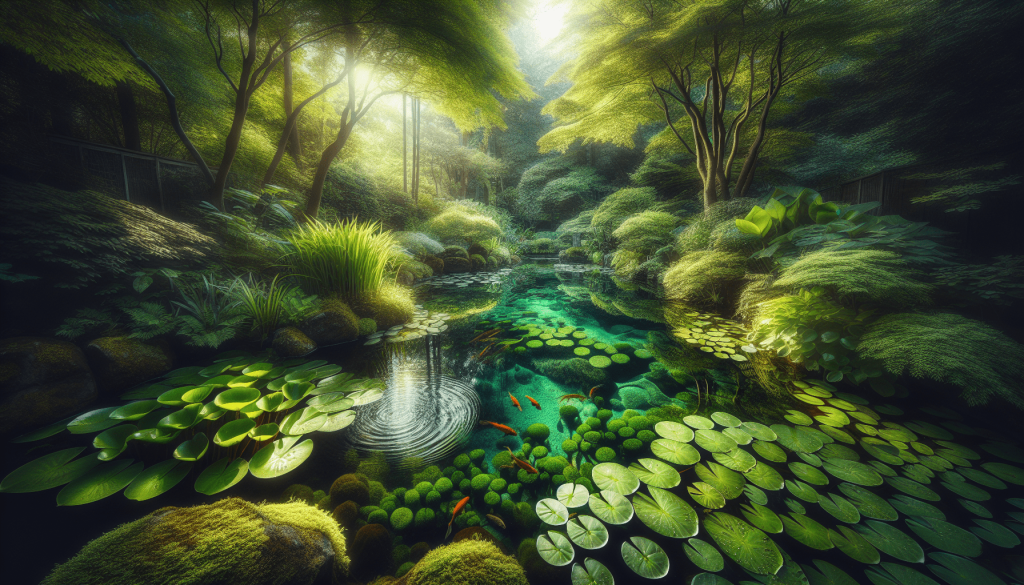
The Art of Seasonal Maintenance
Different seasons require tailored maintenance strategies. Just as you swap out your wardrobe from summer shorts to winter coats, your pond needs different care throughout the year to keep its spirited elegance intact.
Spring: Awakening and Prepping
As nature emerges from winter’s slumber, it’s time for a thorough pond cleanup. Remove debris, check equipment, and gradually reintroduce fish and plants to the warming water. Spring is also an optimal time to replenish beneficial bacteria, aiding in breaking down organics.
Summer: Growth and Attention
Summer brings rapid growth, increased activity, and rising water temperatures. Regular water level checks, plant trimmings, and efficient filtration become crucial. Ensure fish are not overfed, as uneaten food can compromise water quality.
Autumn: Slow and Steady
As leaves begin their descent, a pond net can prevent them from wreaking havoc on your water quality. It’s essential to remove dying plant matter and give your fish a seasonal diet to prepare for colder months. Think of it as laying the groundwork for cozy, stress-free winter months.
Winter: Rest and Hibernate
Cold months see many pond activities slow, but preparation is still key. If your climate allows ponds to freeze over, ensure there’s a hole in the ice for air exchange. Consider reducing feeding as fish metabolism slows down. Your pond embraces a quiet rhythm, like sleeping in on a chilly morning.
Tools and Equipment: Your Pond’s Best Friends
To maintain a garden pond, a range of tools and equipment proves beneficial. Think of these as your trusty sidekicks, always ready to assist with the task at hand.
Filtration Systems
A reliable filtration system ensures clean, healthy water. It removes debris and pollutants, supporting the ecosystem’s balance. Understand your pond’s volume to choose a system with suitable capacity.
Aeration Devices
Aeration devices improve oxygen levels in the water, particularly beneficial during stagnant summer days or in ponds with dense fish populations. Options range from fountains to waterfall features, adding both functionality and visual interest.
Pond Vacuum
A pond vacuum facilitates easy sediment and debris removal from the pond floor. It’s like house cleaning, but for your pond, and significantly reduces organic buildup, contributing to clearer water.
Common Pond Problems and Solutions
Even the best-cared-for ponds can face occasional hiccups. Recognizing problems early and knowing how to address them can prevent larger issues from taking root.
Cloudy Water
Cloudy water often results from excess algae or debris. Enhancing filtration and introducing beneficial bacteria can rectify this. Persistent cloudiness might require further investigation into nutrient levels or fish behavior.
Fish Health Issues
Fish displaying unusual behavior or appearance can signal water quality issues or disease. Regular water testing, proper nutrition, and quarantining new fish before introduction are proactive measures to maintain fish health.
The Joy of Garden Pond Maintenance
In the heart of your garden, the pond stands as a testament to nature’s tranquility and vibrancy. Though its care may occasionally challenge, it rewards endlessly with every shimmering ripple and lively splash. Your attentive routines and loving touches transform your garden pond into not only a feature of beauty but a vital sanctuary for local wildlife.
By investing time and care in these practices, you ensure your garden pond thrives, enhancing your home with a touch of nature’s loveliness and charm. Whether you linger by the water’s edge with a cup of tea or marvel at the morning mist rising from its surface, the connection you’ve fostered with this living ecosystem is one of pure mutual delight.

